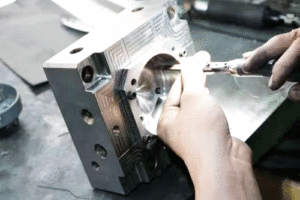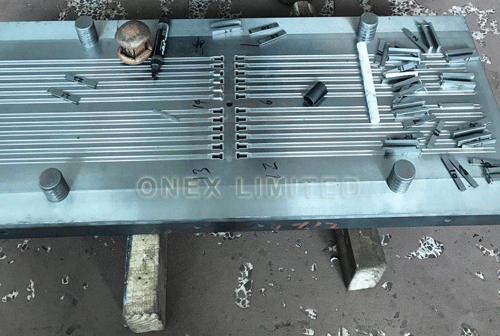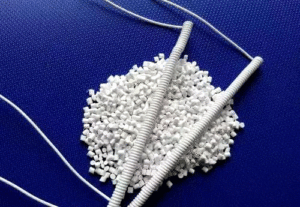
Polishing Treatment for Plastic Molds
Polishing Treatment for Plastic Molds With the widespread application of plastic products, such as daily-use items and beverage packaging containers, there is often a requirement
There are 6 points that need to be checked when using steel in injection molds, considering the properties of steel.
When the blank is plastically deformed in the mold cavity, it moves and slides along the surface of the cavity, causing violent conflict between the surface of the cavity and the blank, and then causing the mold to fail due to wear. Therefore, the wear resistance of materials is one of the most basic and important functions of the mold.
Hardness is the primary factor affecting wear resistance. In general, the higher the hardness of the mold parts, the smaller the amount of wear and the better the wear resistance. In addition, the wear resistance is also related to the type, quantity, shape, size and dispersion of the carbide in the material.
The working conditions of the molds are mostly very bad. Some often bear a large impact load, which then leads to brittle cracking. To avoid the sudden brittle fracture of mold parts during operation, the mold must have high strength and resistance.
The resistance of the mold mainly depends on the carbon content, grain size and organization state of the material.
In the process of mold operation, under the long-term action of cyclic stress, fatigue cracking often occurs. The methods include:
The fatigue cracking function of the mold mainly depends on its strength, resistance, hardness, and the content of inclusions in the material.

When the operating temperature of mold is higher, the hardness and strength will decrease. Then, it leads to early wear of the mold or plastic deformation and failure. Therefore, the mold material should have high anti-tempering stability. That’s to ensure that the mold has high hardness and strength at the operating temperature.
Some molds are in a state of repeated heating and cooling during operation. And it causes the surface of the cavity to be pulled and pressure to become stress. Also, it causes surface cracking and falling off, increasing the conflict force. Then, prevent plastic deformation and reduce the accuracy of the scale, and finally causing mold failure. Hot and cold fatigue is one of the primary ways that hot work molds fail. So this type of mold should have a high resistance to cold and heat fatigue.
When some molds such as plastic molds are in operation, because there are elements like chlorine and fluorine in the plastic mold, they decompose and emit strong corrosive gases such as hci and hf after heating. And this will corrode the surface of the mold cavity, increase the surface roughness, and aggravate wear failure.
Do you have more ideas about the notes for using steel in injection molds? Leave your comment, let’s discuss them.

Polishing Treatment for Plastic Molds With the widespread application of plastic products, such as daily-use items and beverage packaging containers, there is often a requirement

Injection Molding Techniques for TPE and TPR Injection Molding Techniques for TPE and TPR 1. Dry the TPE and TPR material before injection molding It

Winter Maintenance Measures for Injection Molding Machines As winter approaches and temperatures gradually drop, a cold chill envelops the earth. While ensuring personal warmth, it

Assessment Regulations for Mold Trial Exceeding 3 Times Assessment Regulations for Mold Trial 1. Purpose The purpose of this regulation is to standardize the work of